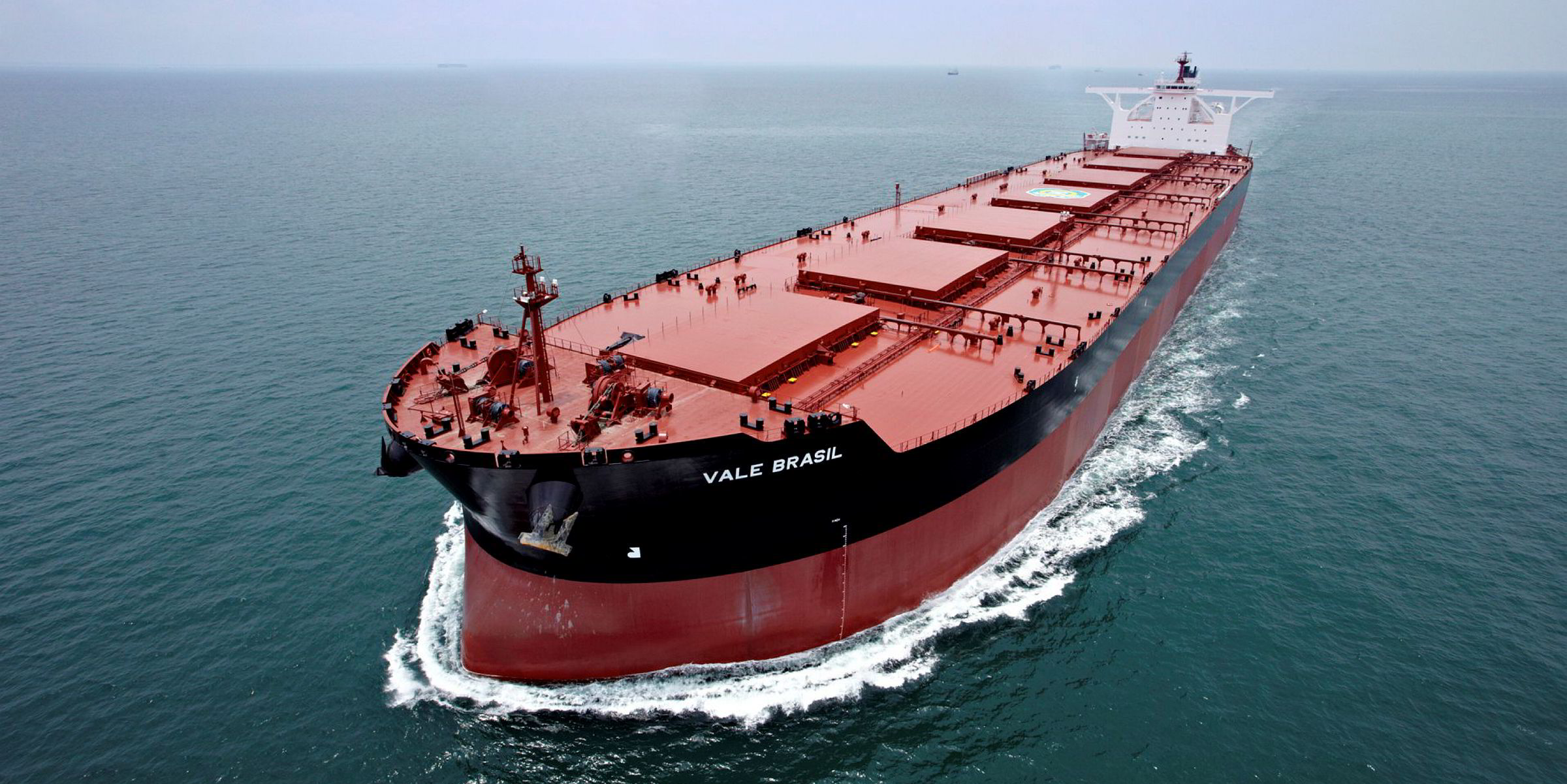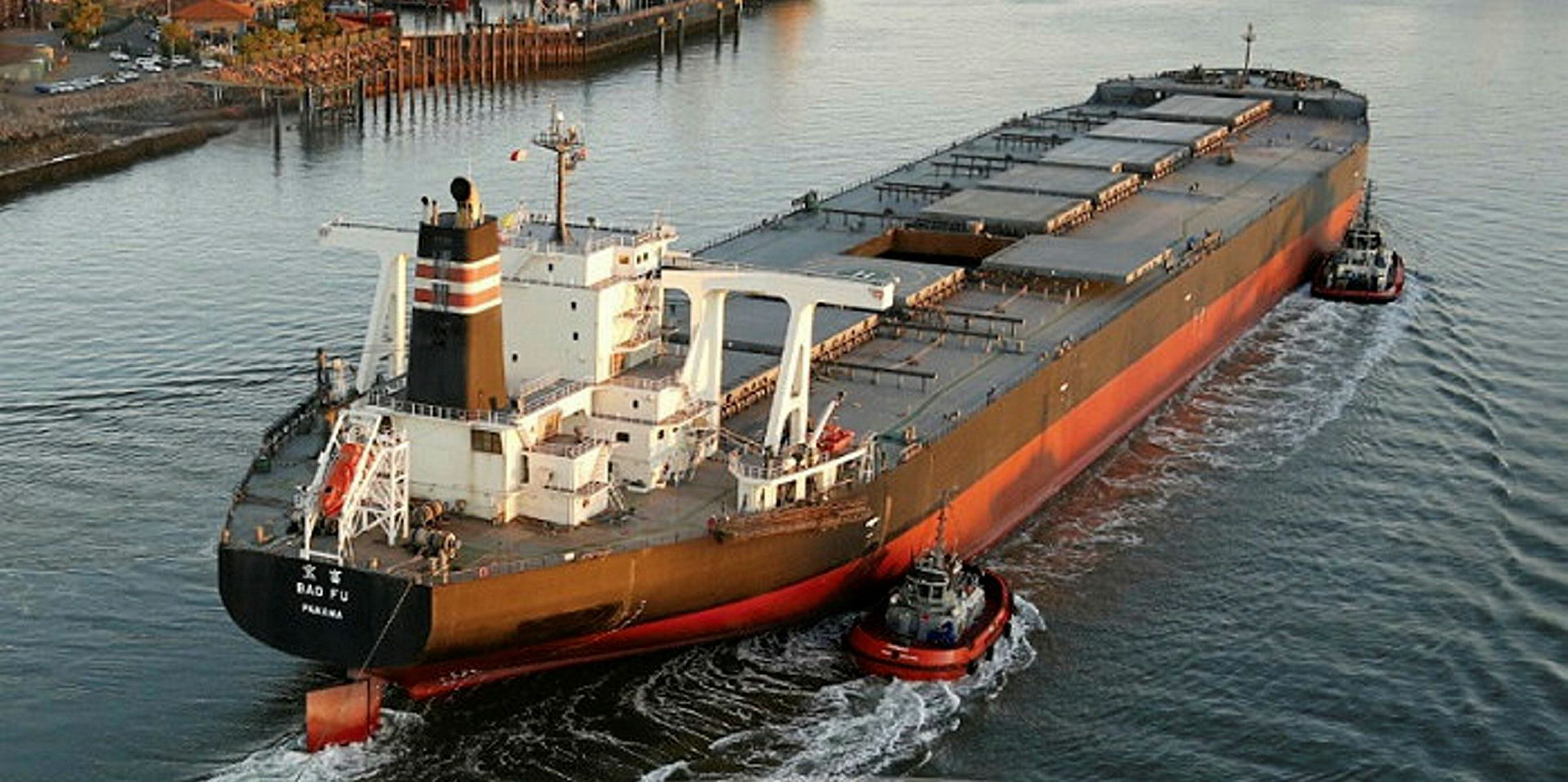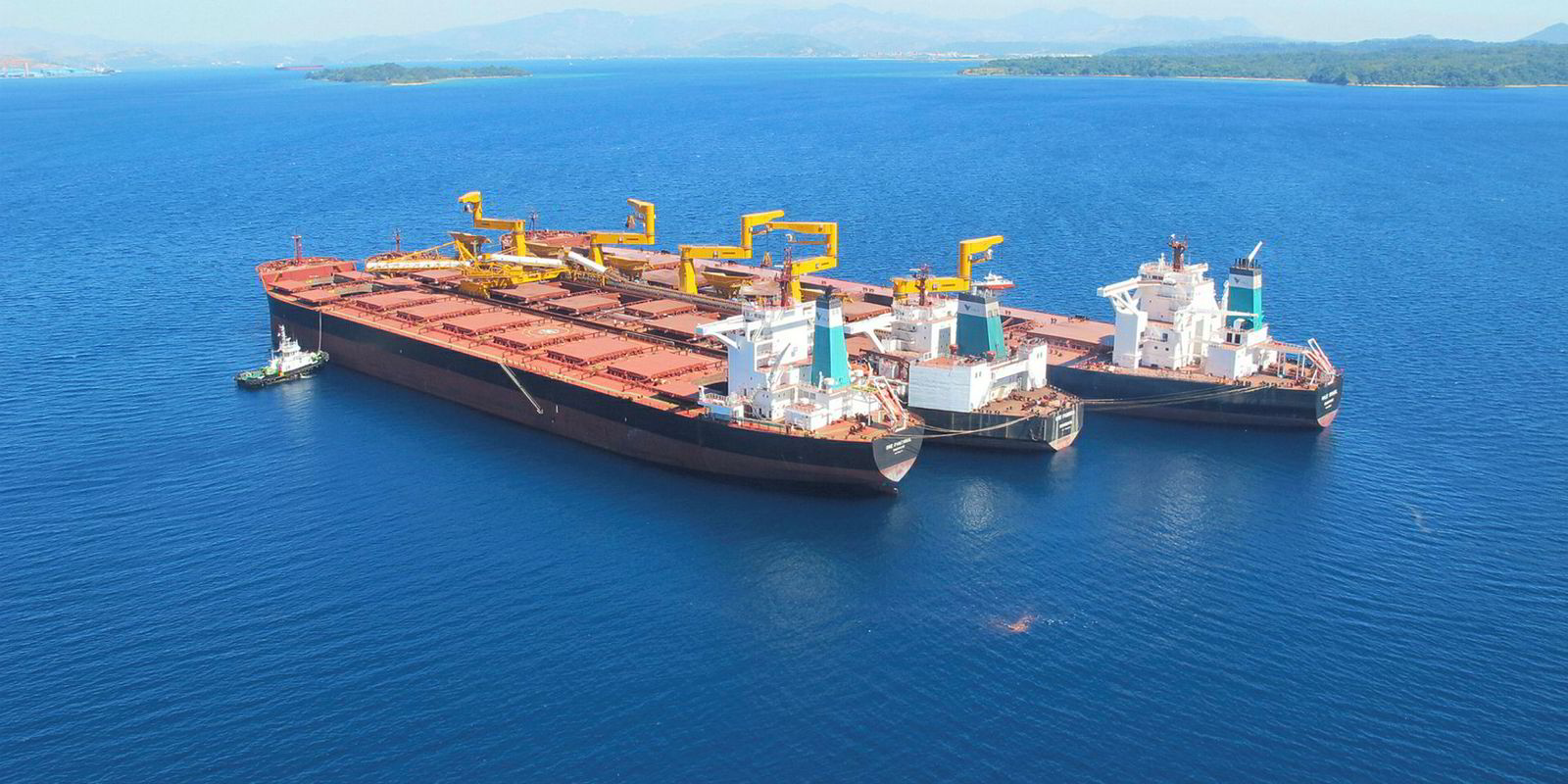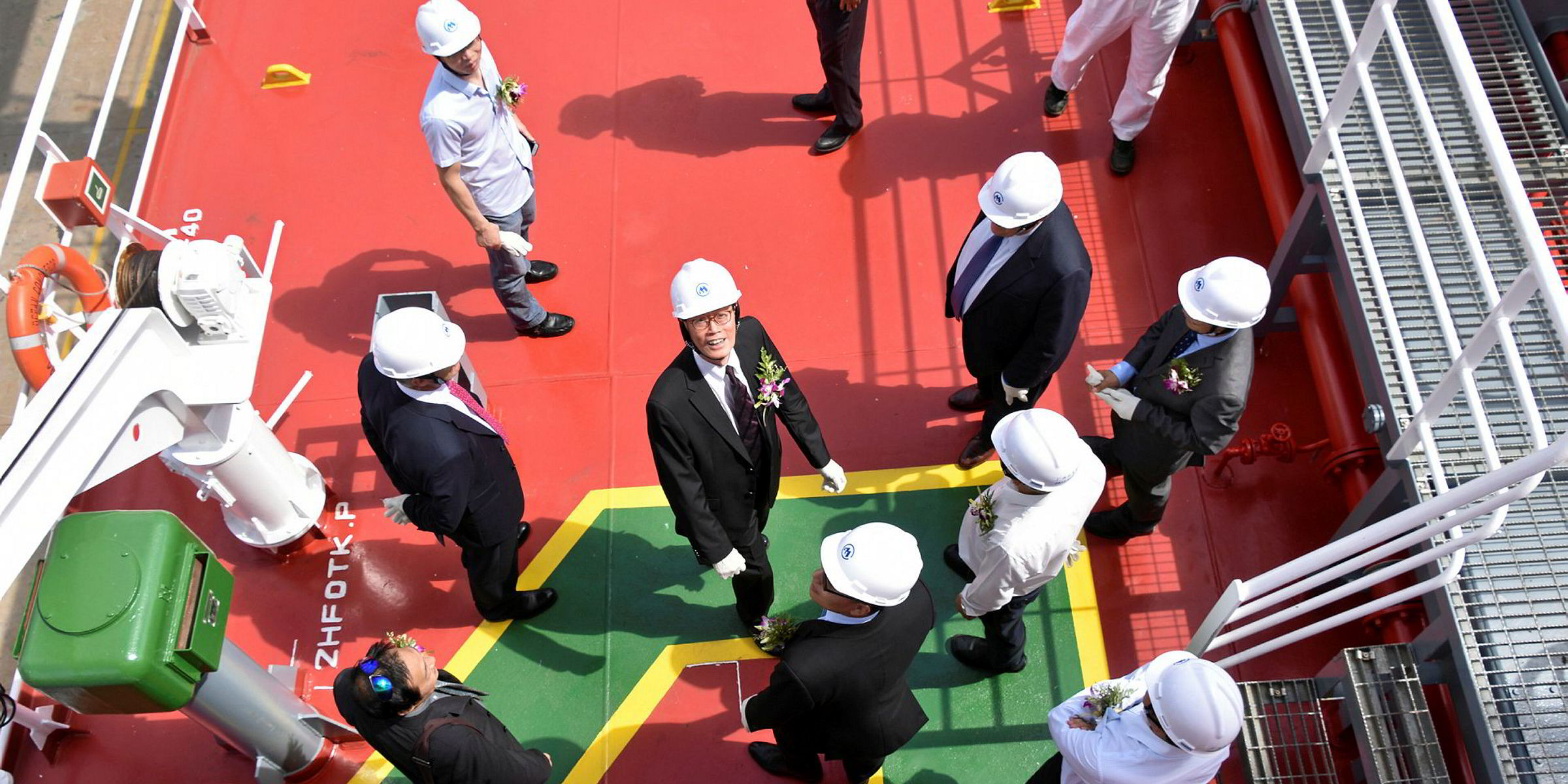Tangible impacts from the tragic collapse of a Vale dam in Brazil have led Cleaves Securities to slice its capesize rate forecasts.
Analyst Joakim Hannisdahl is now projecting negative demand growth for capesize bulkers this year and expects a short-term slump in asset values.
Hannisdahl, who has a punchier view of smaller bulk carrier trades, however, notes much of the negativity around the sector is already priced into stocks.
The analyst explains Brazilian iron ore exports held up in the aftermath of the disaster as Vale drew on inventories.
From March the picture has changed and, despite much uncertainty about the outlook, Hannisdahl projects a significant slowdown in iron ore shipped from Brazil this year.
Vale is expected to show a preference for its own massive fleet of vessels, adding “further woe to those in the capesize spot market”, the analyst said.
Given the demand headwinds, Hannisdahl now forecasts capesize rates in 2019 to fall below 2018 levels.
In an extensive update on the market, Cleaves dropped its capesize rate forecast for this year from $21,423 per day to $15,282 per day.
With rates under pressure, Hannisdahl believes capesize asset values will decline by around 5% in the next few months, before recovering the losses and potentially more by the end of the year.
Over a longer time frame, Cleaves forecasts a slow recovery in Brazilian iron ore exports, which will reach 2018 levels by 2021.
With that in mind, Hannisdahl projects capesize rates of $17,006 per day in 2020 and $21,929 per day in 2021.
Both figures are below the previous forecasts of $25,480 and $28,498 per day respectively.
Hannisdahl said: “The IMO’20 sulphur regulations might provide some relief due to increased off hire for scrubber installations and provide potential slow steaming.
“The bright side is strong demand growth for smaller vessel classes, thus providing a cushion for overall dry bulk earnings.
“It is, however, hard to envisage big gains for smaller ships without a strong capesize market.”






